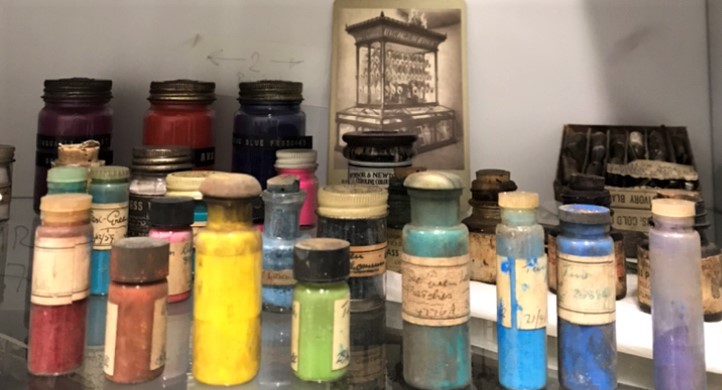A guide to artist’s residencies

A unique opportunity to be immersed in new surroundings for a specific time period, an artists’ residency offers wide-ranging benefits to participants. Residencies are a place to work without distractions, focusing purely on your artwork without the stress of external circumstances. The best creative environments come where the artist is given time and space to work. Residencies supply a safe space where experimentation is actively encouraged. It is a chance to be ambitious, in scale, production or exposure. There may be opportunities to produce work in a new country, experiencing different cultures, such as the Mark Rothko residency in Latvia, the British School in Rome. Equally, there are intriguing spaces closer to home, such as the scheme at the William Morris Gallery, where the artist’s work can be studied. Residencies can also be an excellent place to meet like-minded creatives and take advantage of existing support networks. Most importantly, they should be a source of inspiration that profoundly affects the beneficiaries’ practice going forward.
The funding for a residency and the criteria for being selected vary greatly between different hosting art centres. There may be a stipend towards covering accommodation and travel costs, but not always. Applicants are typically required to submit a project outline with examples of their practice. This is an incredibly important stage, and you must show you have an idea or project that will suit the stated aims of the residency. For example, the TFAC residencies are open to students at the partner schools, and students are nominated to submit a residency proposal. The successful applicants best illustrate the potential influence the materials and studio space will have on their practice. Liquitex and Winsor & Newton support the programme, and it is an excellent chance to use the wide range of products. There is also the opportunity to create a dialogue with the scientists in Colart’s Innovation & Development laboratory, which shows the special benefits a residency can provide.
Residencies took many shapes and forms, and it’s important to consider the most appropriate for your situation. Always read the testimonials and reviews of previous attendees, try to work out how you would spend your time and what you need for a successful outcome. It may require a full or part-time commitment. You may require access to professional tools and facilities, i.e. printmaking studios or kilns for ceramics, so it’s important to apply to the residency, which offers access to the equipment you want. Not every residency will have a studio space included, and you may need to complete artwork offsite. It’s worth remembering there can be fees to apply, so it’s important to make sure the situation is right for your requirements. Many residencies are also aimed at recent graduates only, looking to give further support at a crucial stage of an artist’s development; there is a small window of eligibility to take advantage of these awards, so apply while you can.
Even though the Covid restrictions have made physical opportunities difficult to attend in person, online adaptations have helped fill the gap and are still incredibly beneficial. The Elephant Lab residency takes place digitally; the holder still gets access to premium materials to use in their own space. The interaction takes place online, crits are arranged
with external artists for additional support. This means Elephant can continue providing innovative artistic endeavours despite the difficult circumstances.

